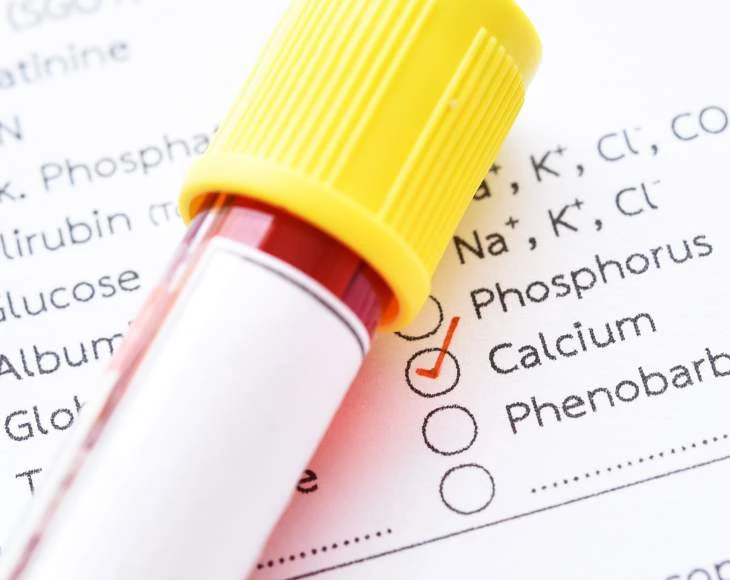
Electrolyte disturbances are commonly encountered in out-of-hospital care; however, they can be challenging for paramedics to identify. These imbalances may stem from various underlying conditions. If left unrecognised or untreated, they can significantly compromise patient outcomes, potentially leading to arrhythmias, neurological impairment, or death.
Paramedics play a crucial role in the identification and initial management of these disturbances.
In this course, we focus on calcium disturbances, examining the underlying pathophysiology and exploring common clinical presentations to develop strategies for identifying patients with these conditions. We take a closer look at the role of hypocalcaemia in trauma and review current practices in calcium correction therapy by paramedic specialists.
Learning outcomes: